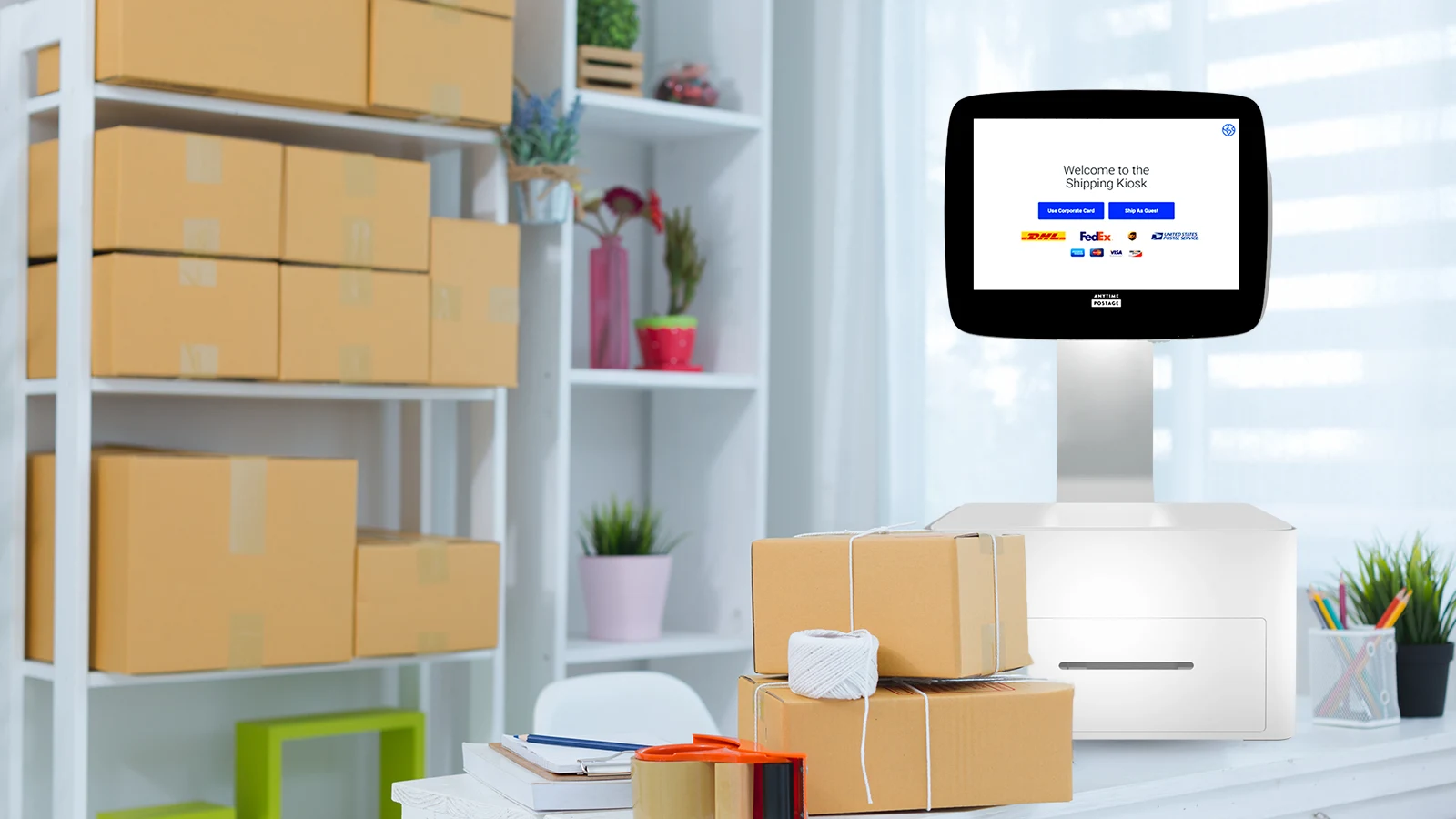October 13, 2025
·
2 min read

If you’re running a small e-commerce business, you’ve probably struggled with shipping delays, high third-party fees, or inconsistent customer experiences.
One way to take back control is by managing fulfillment yourself. In-house e-commerce shipping can help you streamline operations while building stronger customer trust.
Why Consider In-House E-commerce Shipping?
Many small e-commerce brands start by outsourcing to third-party logistics providers (3PLs). While this works initially, outsourcing has drawbacks such as high fees, less flexibility, and limited real-time visibility into inventory.
By contrast, in-house shipping allows you to:
- Control the Customer Experience: From packaging style to delivery speed, you set the tone.
- Reduce Costs Over Time: Avoid recurring 3PL fees and negotiate directly with carriers.
- Gain Visibility Into Inventory: Real-time inventory tracking helps prevent overselling or stockouts.
- Stay Flexible: Make quick adjustments to shipping methods or promotions without waiting on a third-party provider.
The Pros and Cons of Bringing Shipping In-House
Before making the leap, be sure to weigh the benefits and challenges of managing fulfillment internally.
PROS:
- Brand Consistency: Custom packaging and faster response times enhance the unboxing experience.
- Cost Efficiency: Over time, owning your process can be cheaper than outsourcing.
- Better Communication: No middleman between you and your customers.
CONS:
- Upfront Investment: You’ll need space, staff, and equipment to get started.
- Time-consuming: Managing logistics can distract from marketing and sales.
- Scalability Issues: As order volume grows, processes need to evolve quickly.
For many small businesses, the decision depends on their growth stage and available resources.
Setting Up Your In-House Shipping Operation

Transitioning to in-house e-commerce shipping requires a bit of planning. Here are the key steps:
- Assess Your Volume: Determine if your current order levels justify the shift.
- Choose a Space: A spare room or small warehouse can serve as your fulfillment center.
- Invest in Tools: Essential equipment includes packing stations, label printers, and inventory management software.
- Partner with Carriers: Establish accounts with USPS, UPS, FedEx, or local couriers to negotiate rates.
- Train Your Team: Even if it’s just you and one employee, efficient packing and labeling saves time and money.
Best Practices for Managing In-House Fulfillment
Running in-house shipping smoothly requires consistency and organization. Consider these strategies:
- Standardize Packaging: Keep sizes simple to reduce costs and streamline processes.
- Batch Orders: Pack and ship at set times each day to avoid bottlenecks.
- Use Technology: Shipping software can automate label printing, compare carrier rates, and update customers automatically.
- Monitor KPIs: Track metrics like order accuracy, delivery time, and shipping cost per package to identify improvements.
- Plan for Peaks: Have a strategy for handling holiday surges or flash sales without delays.
When In-House Shipping Makes the Most Sense

In-house fulfillment isn’t for everyone. It’s best suited for:
- Brands with steady but manageable volume who want to reduce costs.
- Businesses that value custom packaging and branding.
- Companies in the early to mid-growth stage, before scaling to thousands of daily orders.
For some, a hybrid approach works best—managing most orders in-house while outsourcing oversized or international shipments.
Final Thoughts
If you’re tired of relying on expensive third-party providers or dealing with inconsistent delivery, in-house shipping could be your solution.
With planning and the right tools, you’ll not only save money but also create a stronger connection with your customers.


